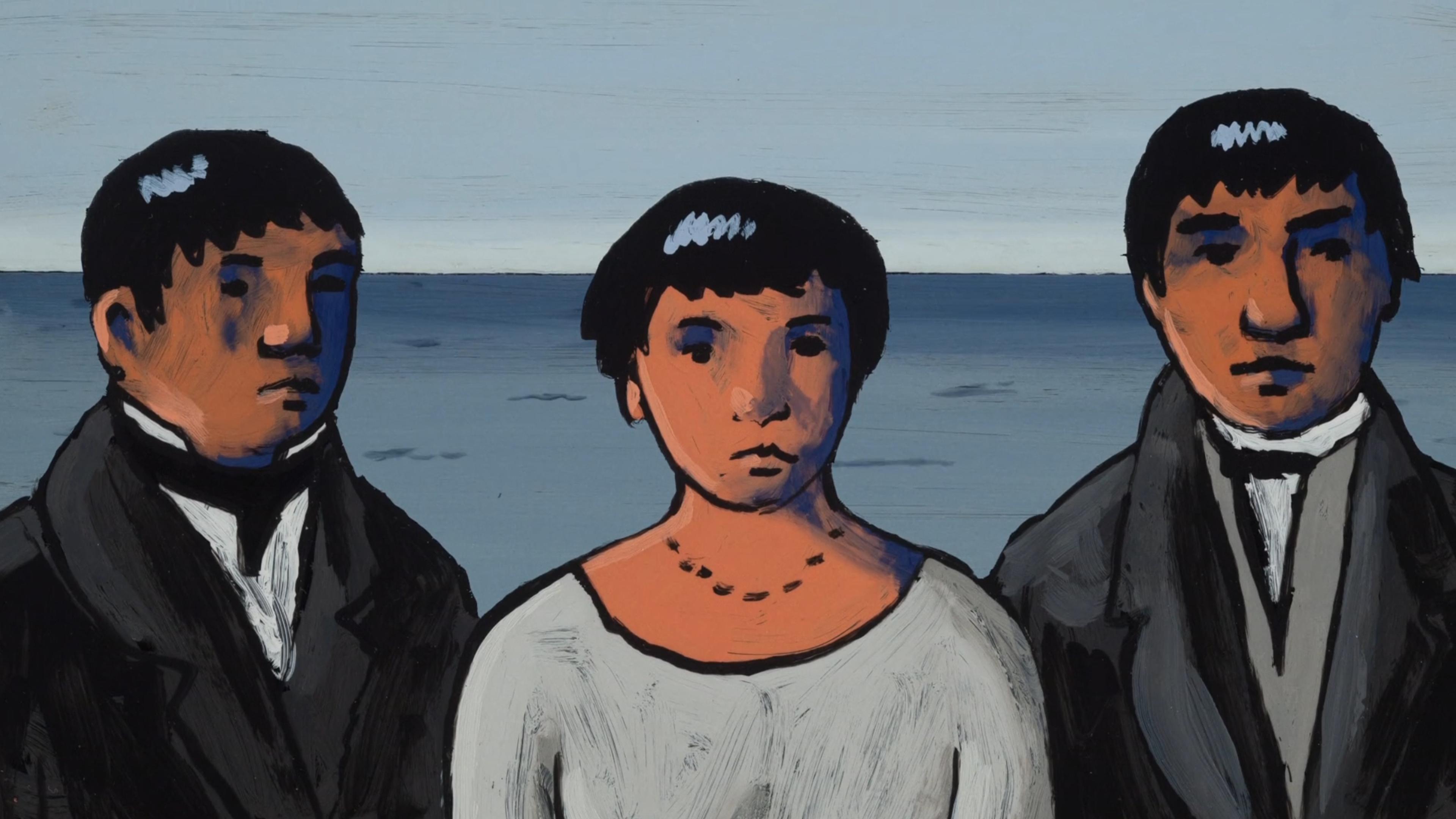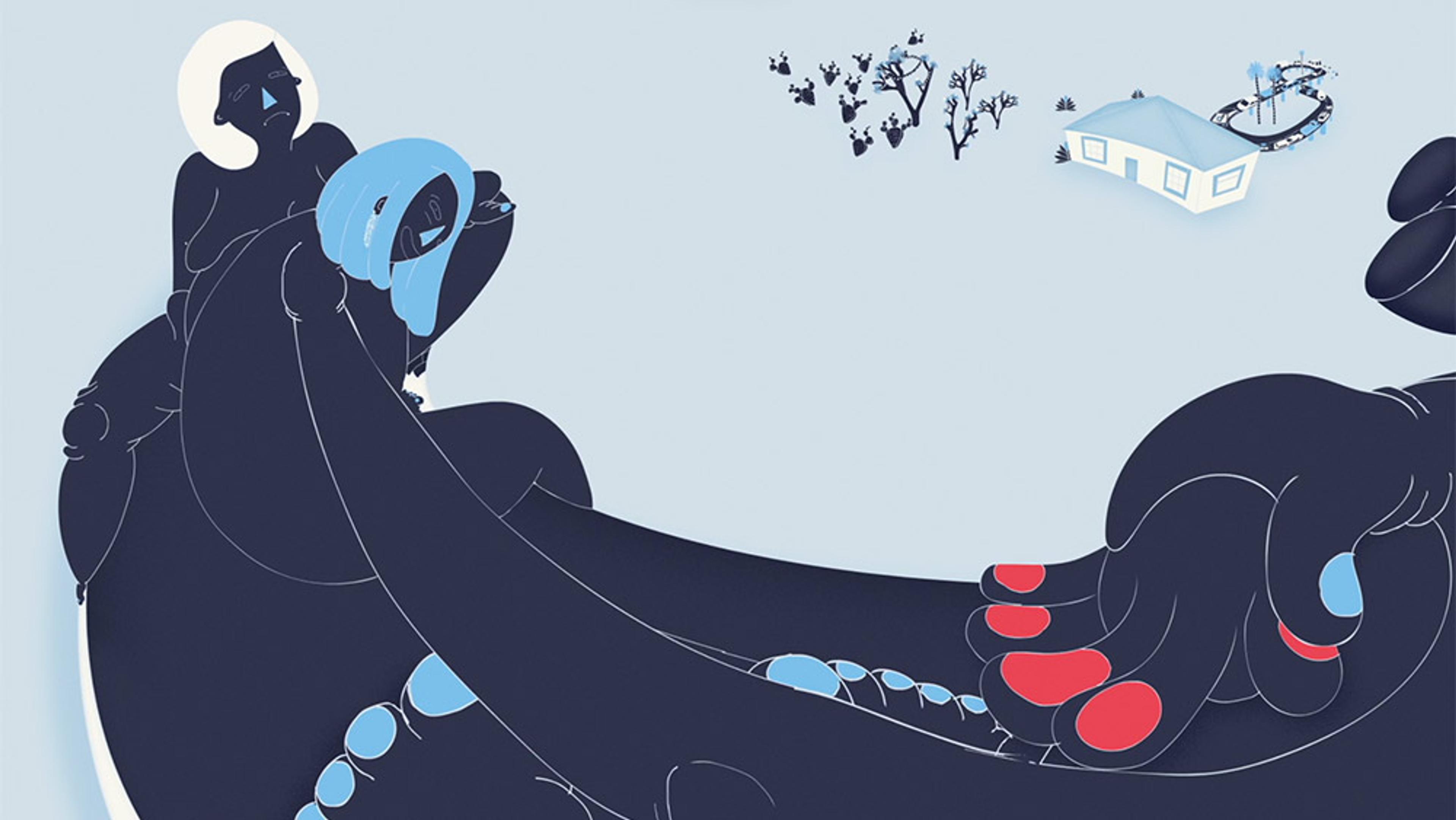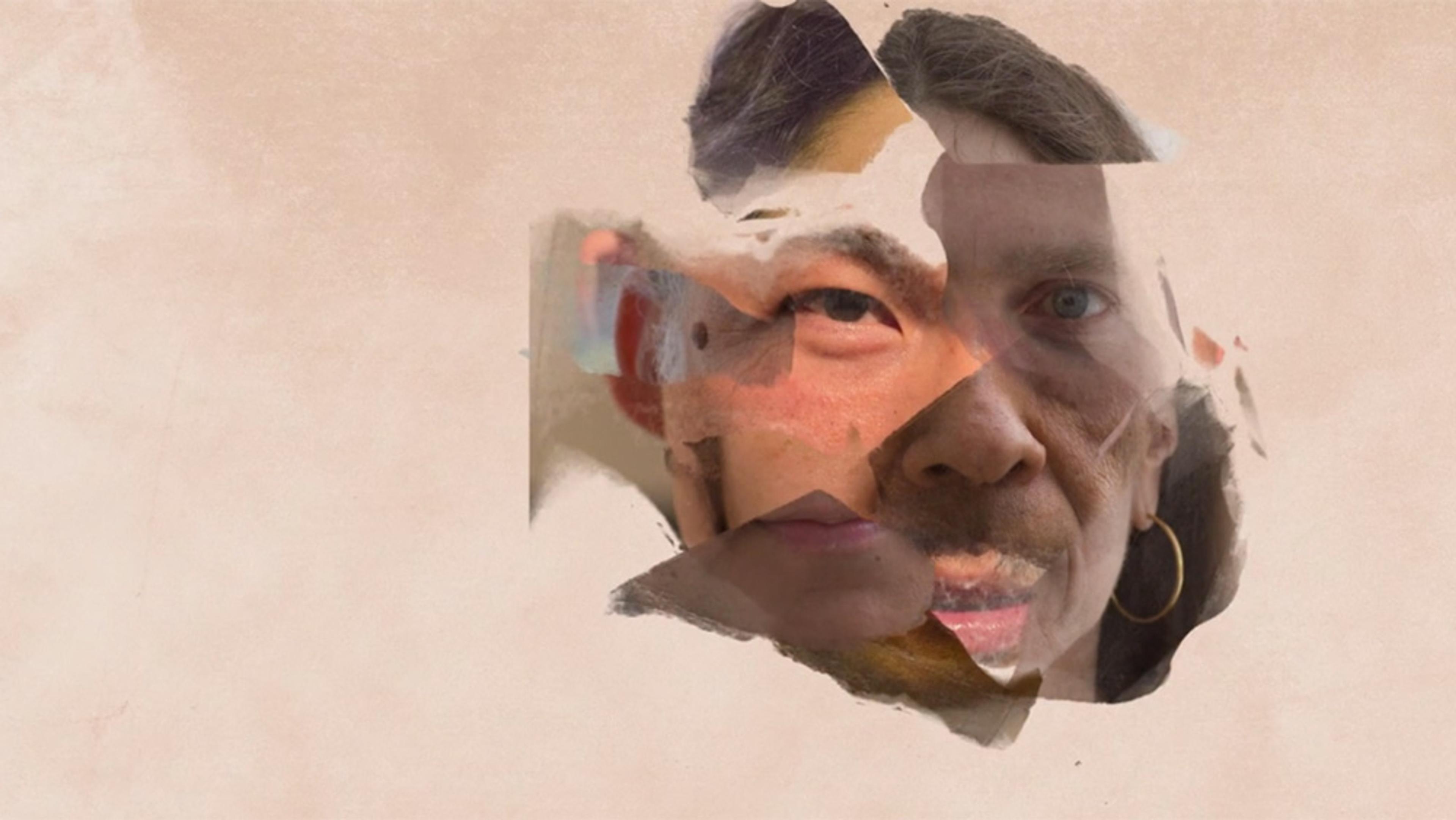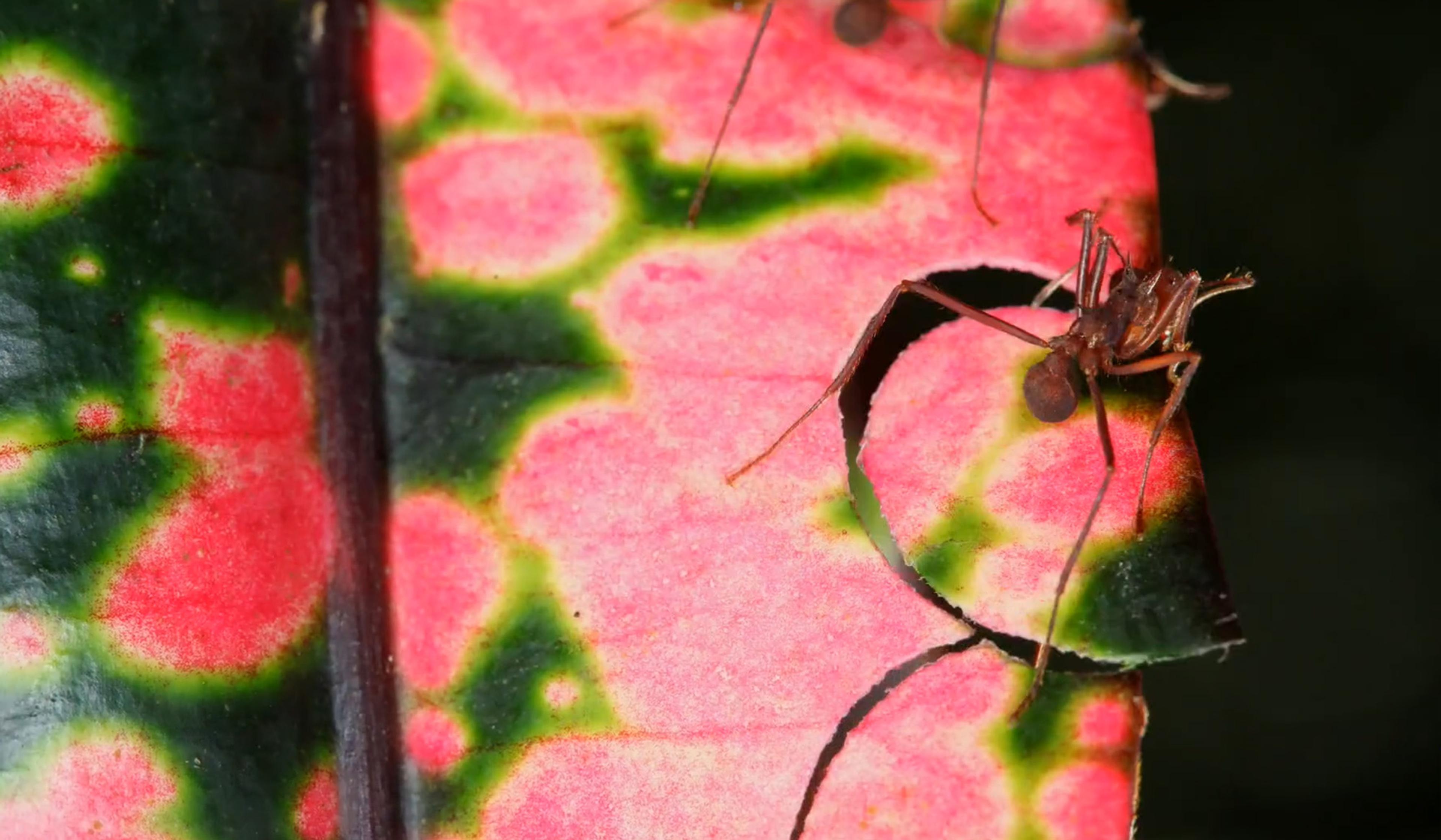In the 18th century, the Swedish biologist Carl Linnaeus set out to classify life, creating a system of taxonomy that still endures. But, as Firelei Báez – an artist from the Dominican Republic, based in New York City – explains in this short documentary, his work included hierarchies of humans based on race that were ‘sheer nonsense’, embedding racist ideas into science that echo to this day.
In her work, Báez subverts this legacy by transforming maps, manuals and other documents of colonial classification into canvases, covering them with imagery that reframes what was considered ‘abject’ as beautiful. Among them are her interpretation of ciguapas – elusive women from Dominican folklore, known for their backward feet, cascading hair and seductive ways. By creating vibrant images that defy classification, her art challenges viewers to consider the possibilities that have been left behind in these inherited systems – and what we might grow in these margins.
Via Girls in Film








